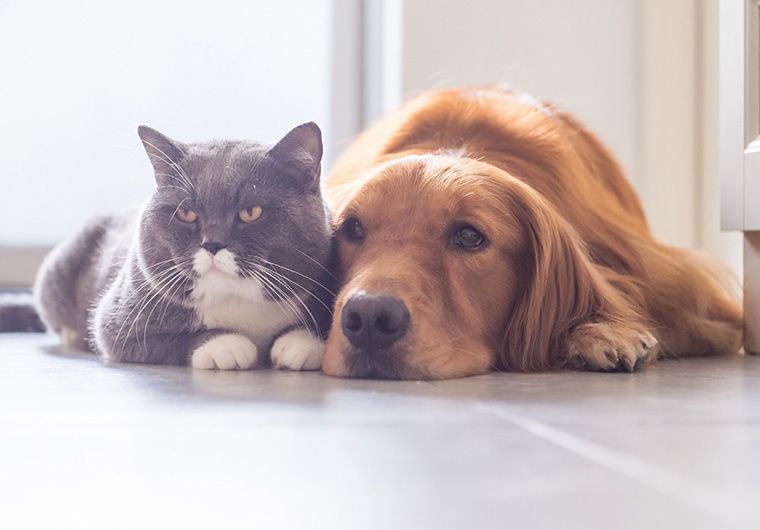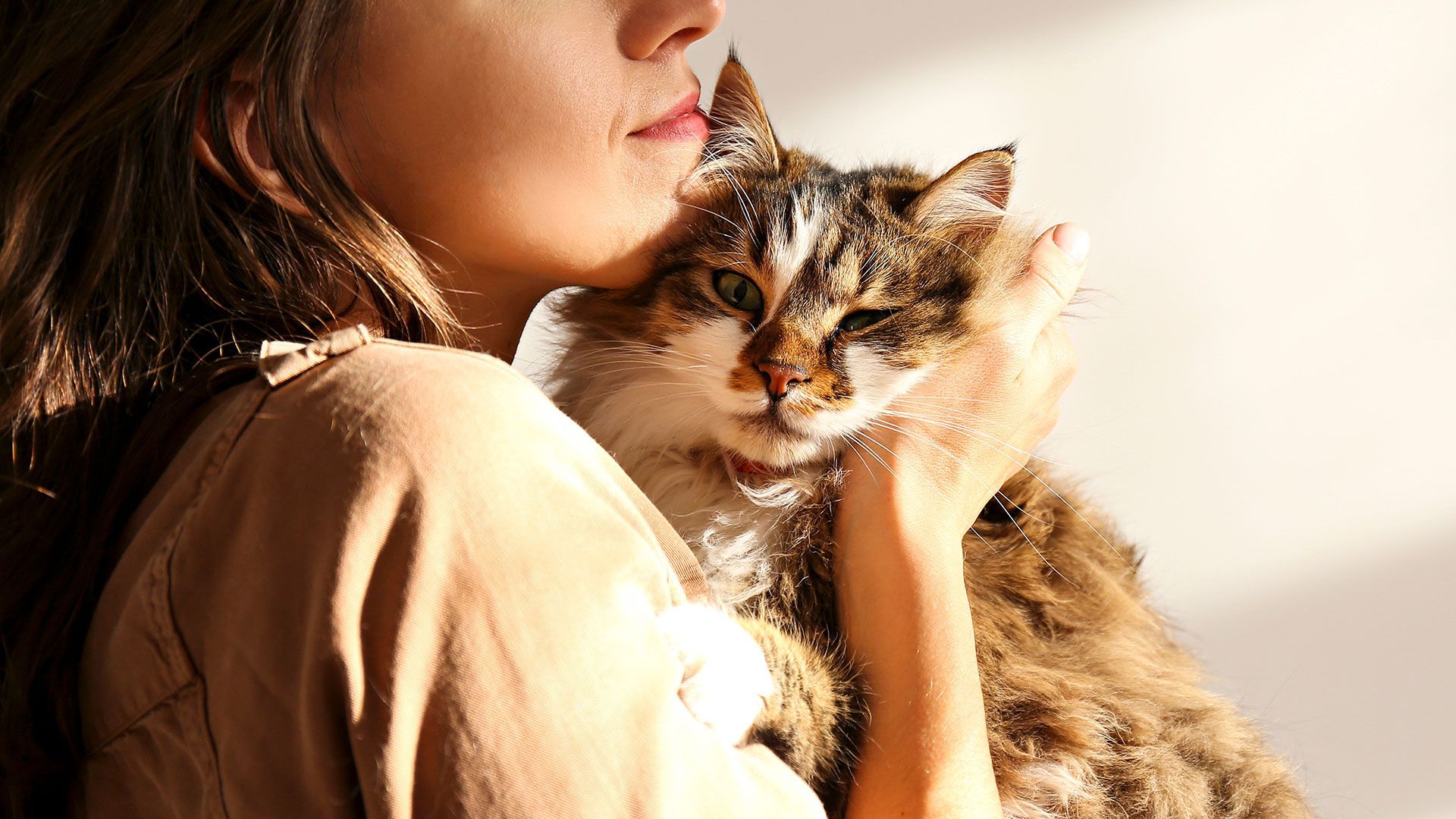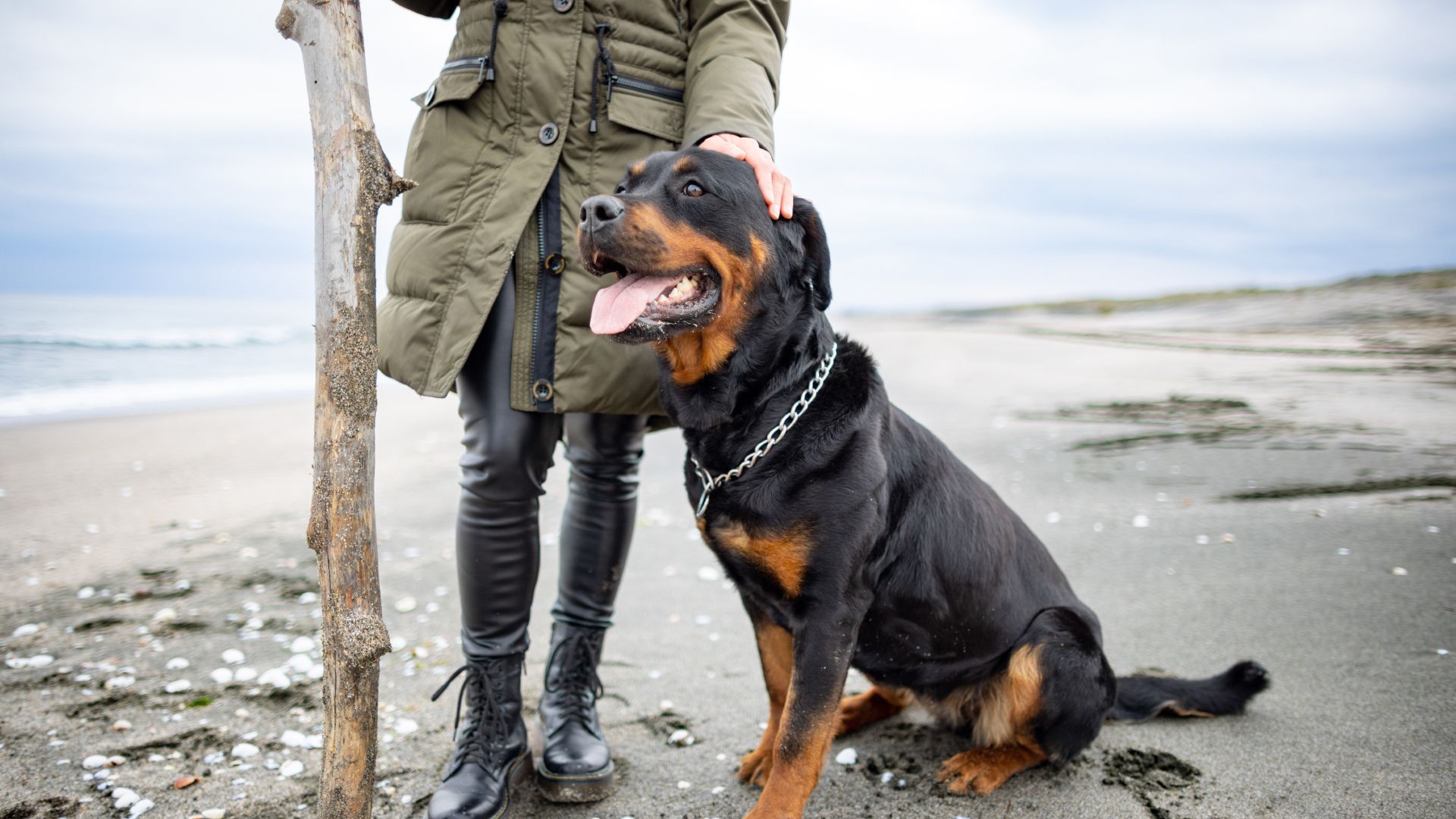Veterinary Dental Services For Dogs and Cats
One of the key elements to keeping your pet healthy is through dental care. At Magnolia Animal Dentistry, we provide high-quality dental care for dogs and cats in the Pacific N.W. community. Our services are dental-focused and are designed to keep your pet's smile bright and healthy. We look forward to meeting you!


Our MISSION
Our mission at Magnolia Animal Dentistry is to provide high-quality, patient-focused pet dentistry that will leave your pet with a healthy smile.
View All Services

We provide the highest quality veterinary services and compassionate pet care to ensure you and your pets are healthy and happy. Meet our skilled, compassionate team committed to providing exceptional pet care for your fur babies.








What our patients say Testimonials







Brett S.
It is great not to get charged more for having a bigger dog! We will tell all of our friends at the dog park about you...Thanks